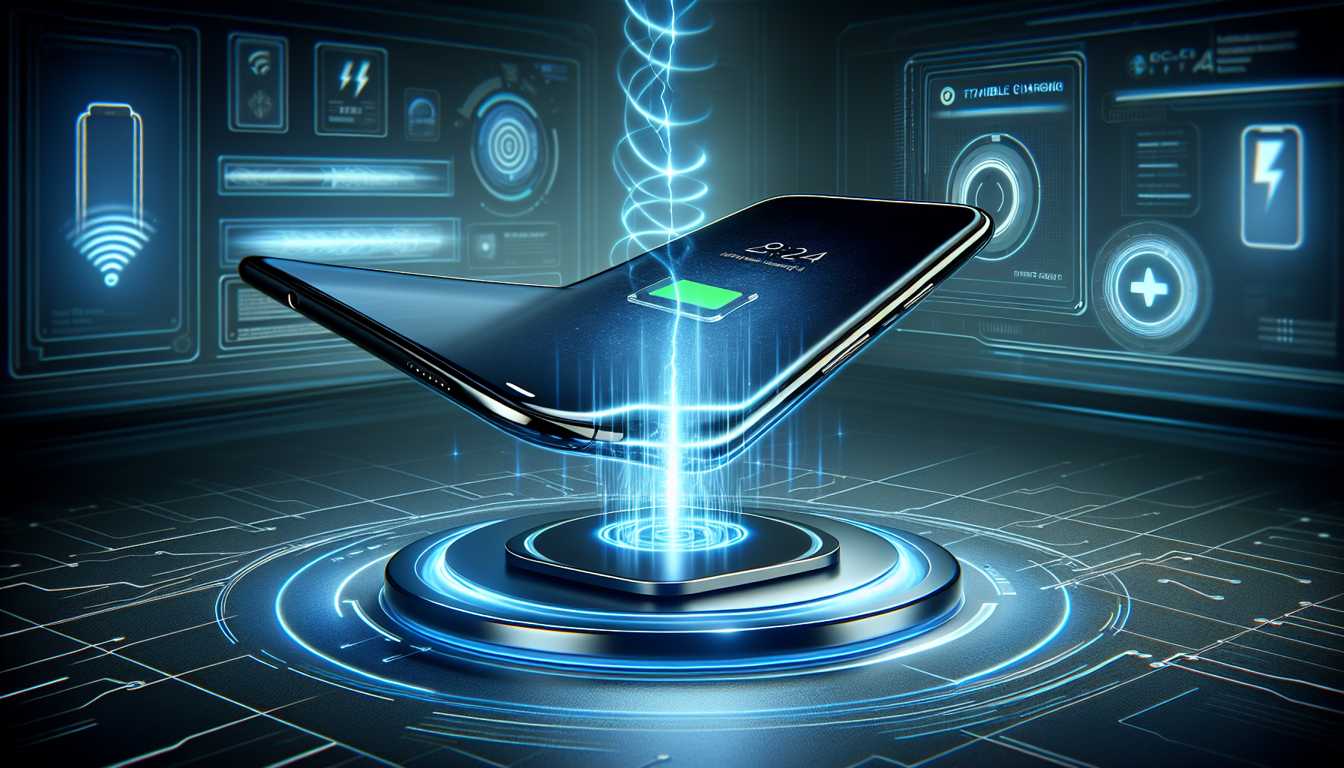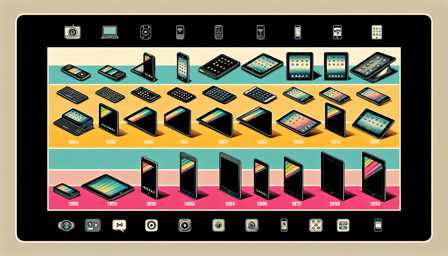
Wireless Charging: The Future of Smartphone Power
The realm of smartphone technology has witnessed a substantial shift in recent years, with wireless charging emerging as a pivotal innovation. This technology, which eliminates the need for physical connectors and cables for charging, is not just a futuristic concept but a reality that is reshaping how we interact with our devices. In this article, we delve into the nuances of wireless charging, its benefits, challenges, and the products leading this transformative trend.
Understanding Wireless Charging
Wireless charging, also known as inductive charging, involves the transfer of energy from a charging pad or station to the device using electromagnetic fields. The basic principle hinges on the use of an induction coil in the charging station to create an alternating electromagnetic field, which is then converted back into electricity by a receiver coil in the smartphone to charge the battery.
Key Technologies and Standards
There are several technologies and standards in the realm of wireless charging, but Qi (pronounced "chee") is the most prominent. Developed by the Wireless Power Consortium, Qi is a global standard that ensures compatibility across a wide range of devices and charging stations. Another notable standard is AirFuel, which is less common but supports resonant and Radio Frequency (RF) wireless charging.
Advantages of Wireless Charging
Convenience and Aesthetics
Wireless charging offers unmatched convenience. Users can simply place their phone on a charging pad, eliminating the hassle of plugging and unplugging. It also contributes to a cleaner, more minimalist aesthetic in homes and offices, reducing cable clutter.
Durability and Universal Compatibility
Without the need for physical connectors, wireless charging reduces wear and tear on the smartphone's charging port. Additionally, the universal nature of standards like Qi allows for compatibility across a range of devices, irrespective of the manufacturer.
Challenges and Limitations
Slower Charging and Energy Efficiency
One of the primary limitations of current wireless charging technology is its relatively slower charging speed compared to wired options. Additionally, wireless charging is typically less energy-efficient, with a portion of the power lost during transmission.
Spatial Limitation and Heat Generation
Wireless charging requires precise alignment between the device and the charger, which can be less convenient than simply plugging in a cable. Also, wireless charging tends to generate more heat, which could potentially affect battery health over time.
Leading Products in Wireless Charging
Apple's MagSafe Technology
Apple's introduction of MagSafe in its iPhone 12 series marked a significant advancement in wireless charging. MagSafe uses a series of magnets to ensure proper alignment, improving charging efficiency. It also supports a range of accessories, including wallets and mounts.
Samsung Wireless Charging Solutions
Samsung has been a frontrunner in integrating wireless charging into its devices. Its Wireless Charger Duo Pad enables simultaneous charging of a phone and a smartwatch, showcasing the versatility of wireless technology.
Third-Party Chargers
Companies like Belkin, Anker, and Mophie offer a variety of Qi-compatible charging pads and stands. These products often incorporate features like multiple charging coils for more flexible device placement.
The Road Ahead
The future of wireless charging holds immense promise. Innovations like over-the-air wireless charging and the integration of wireless charging stations in public spaces and vehicles are on the horizon. As technology evolves, we can expect wireless charging to become faster, more efficient, and more ubiquitous.
Conclusion
Wireless charging represents a significant leap forward in the way we power our smartphones. With its convenience, aesthetic appeal, and the growing support from major manufacturers, it is poised to become the norm in the years to come. While there are challenges to overcome, the continuous advancements in this technology are a testament to its potential to redefine the smartphone experience.




